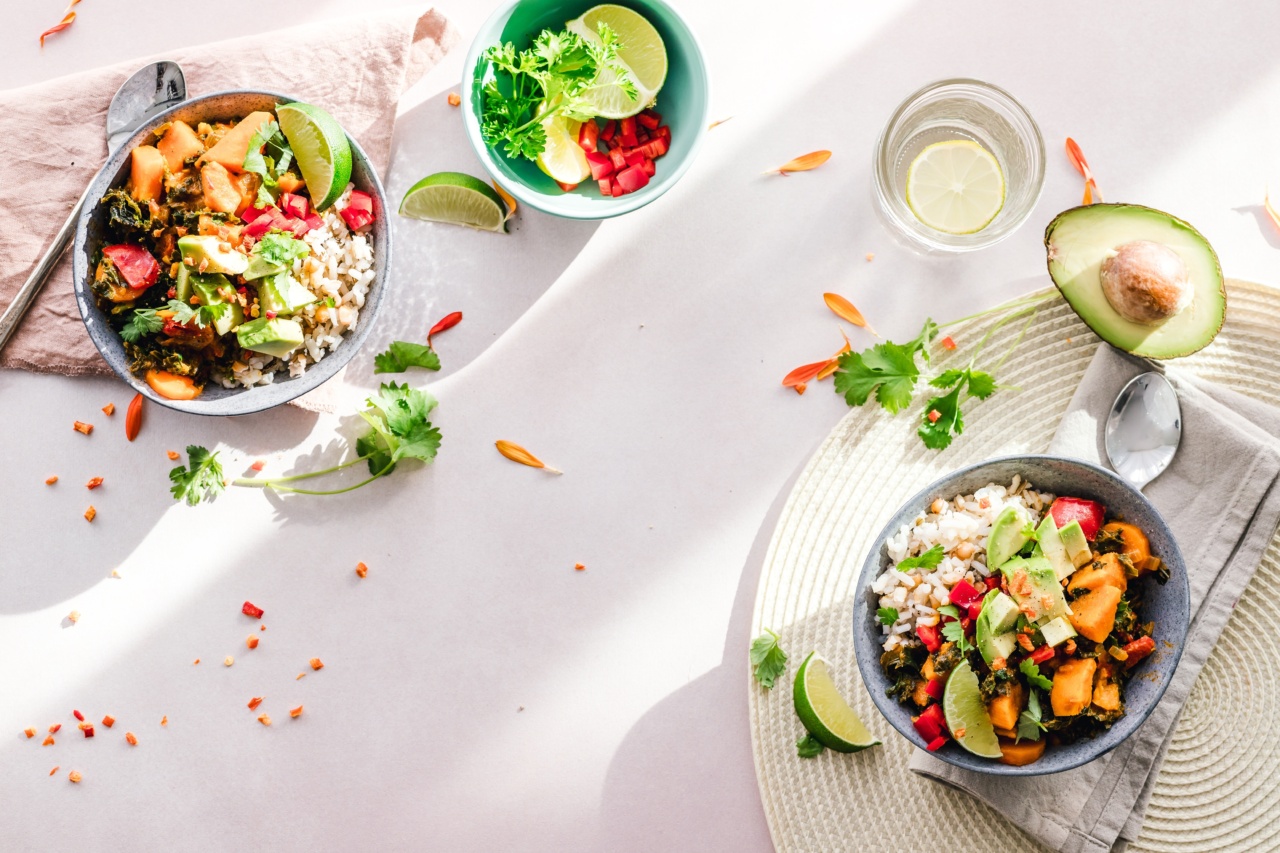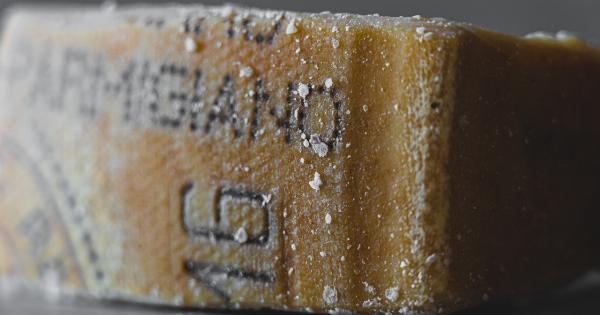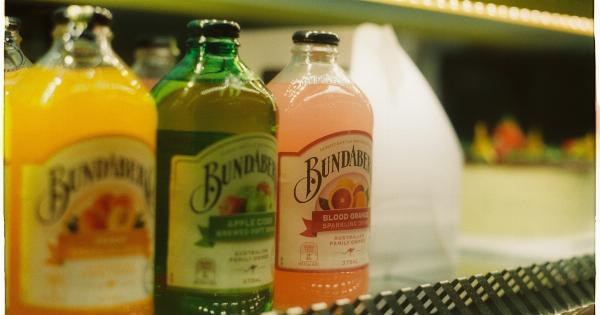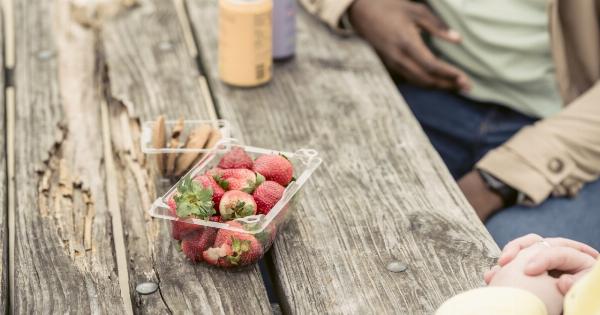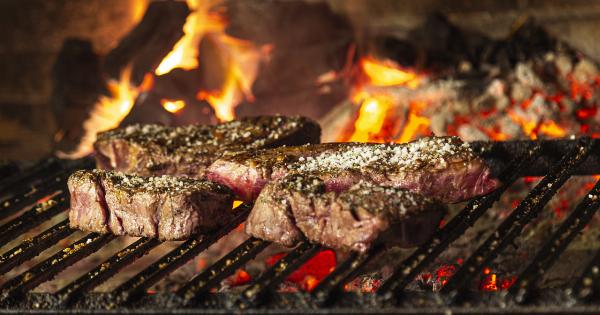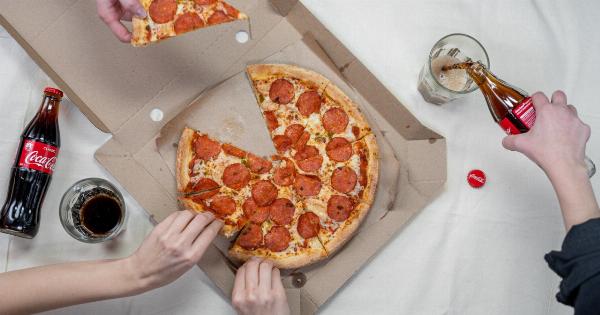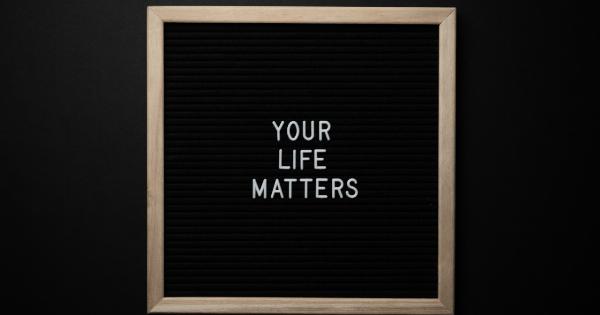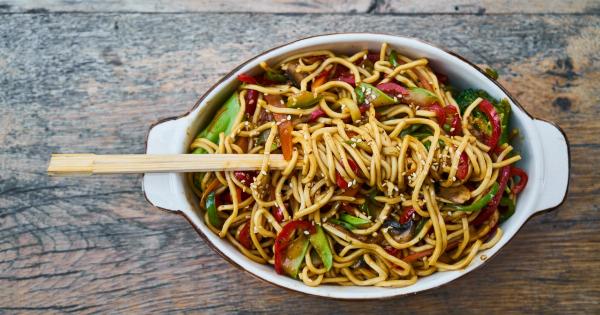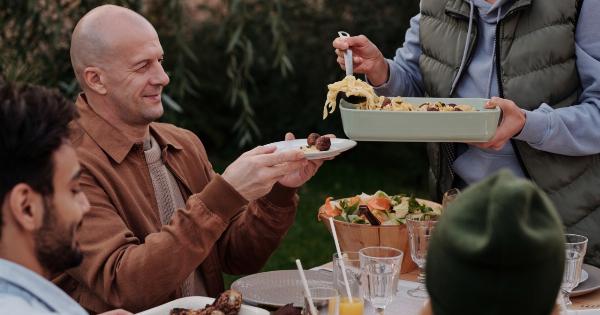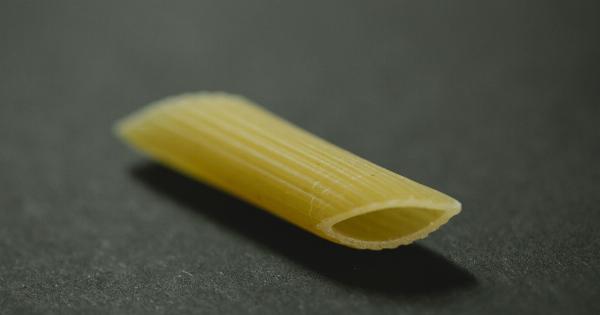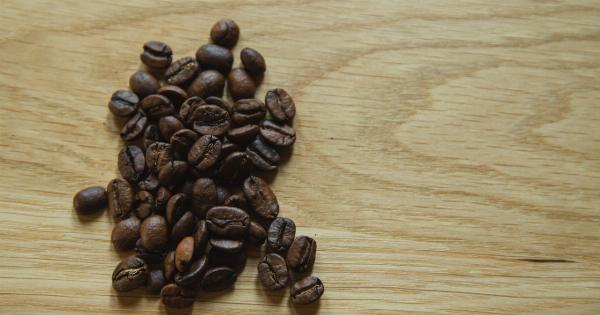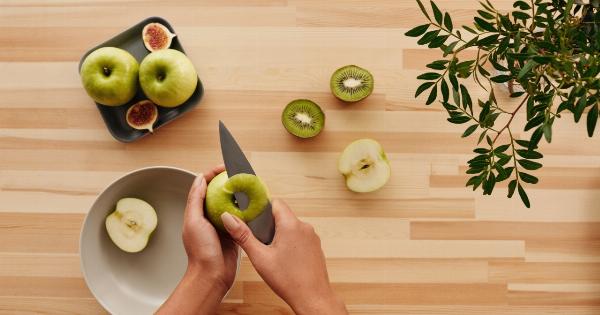Freezing food is a convenient way to preserve it for longer periods, but did you know that freezing food twice can have serious implications for your health? Many people are unaware of the risks associated with refreezing thawed food, which can lead to foodborne illnesses and the degradation of nutritional value. In this article, we will explore the reasons why freezing food twice should be avoided to ensure the safety and quality of your meals.
The Danger of Bacterial Growth
When food is frozen, the cold temperature prevents bacteria from multiplying and causing spoilage. However, once food is thawed, any bacteria that may have been present before freezing can start to multiply rapidly.
If this thawed food is refrozen, the bacterial growth continues, posing a serious health risk when consumed. Bacteria such as Salmonella, E. coli, and Listeria can cause severe foodborne illnesses with symptoms ranging from mild discomfort to life-threatening conditions.
Quality and Texture Deterioration
Aside from the risk of bacterial growth, freezing food twice also affects its quality and texture. When food is initially frozen, ice crystals form within its structure.
These ice crystals cause damage to the cell walls, resulting in the loss of moisture when thawed. Repeated freezing and thawing processes exacerbate this moisture loss, leading to a noticeable decline in the taste, texture, and overall quality of the food. This can be particularly evident in fruits, vegetables, and meats.
Nutritional Loss
Another downside of refreezing food is the potential loss of nutrients. Several vitamins and minerals are sensitive to temperature changes and can degrade during the freezing and thawing process.
By repeatedly exposing food to these temperature fluctuations, the nutritional value can be significantly reduced. This is especially concerning for individuals relying on frozen food as their primary source of essential nutrients.
Food Safety Guidelines
To prevent the dangers associated with refreezing food, it is essential to follow proper food safety guidelines. Here are some recommendations to ensure the safety of your frozen meals:.
1. Thaw Food Properly
When thawing food, always do so in a refrigerator at a temperature below 40°F (4°C). This slow thawing process reduces the risk of bacterial growth and helps maintain the quality of the food.
Avoid leaving food at room temperature for extended periods as it promotes bacteria multiplication.
2. Utilize Portion Control
If you anticipate using only a portion of the frozen food, try to separate it into individual servings before freezing. This way, you can thaw and use only the amount you need, avoiding the need for refreezing.
3. Plan Your Meals
Planning your meals in advance can help minimize the need for refreezing.
By knowing what you will consume within a certain time frame, you can defrost only the necessary amount, reducing the risk of bacterial growth and maintaining the quality of the food.
4. Label and Date Items
Properly labeling and dating your frozen items can help you keep track of when they were initially frozen. This can be particularly useful in determining whether the food has surpassed safe storage durations, minimizing the need for refreezing.
5. Follow Recommended Storage Times
Each type of food has a recommended storage time in the freezer, beyond which its quality and safety may be compromised. Familiarize yourself with these guidelines to minimize the risk of refreezing food that has exceeded its storage duration.
6. Consider Alternatives
If refreezing cannot be avoided, consider utilizing alternative methods such as cooking the thawed food before refreezing.
Cooking will destroy most bacteria present and can help extend the shelf life of the food without compromising safety significantly.
Conclusion
Freezing food is a fantastic way to preserve it, but refreezing thawed food should always be avoided due to the risks associated with bacterial growth, quality deterioration, and nutrient loss.
By following proper food safety guidelines and utilizing portion control, you can ensure the safety and quality of your frozen meals. Remember to prioritize your health by practicing these guidelines and avoiding the dangers of freezing food twice.
